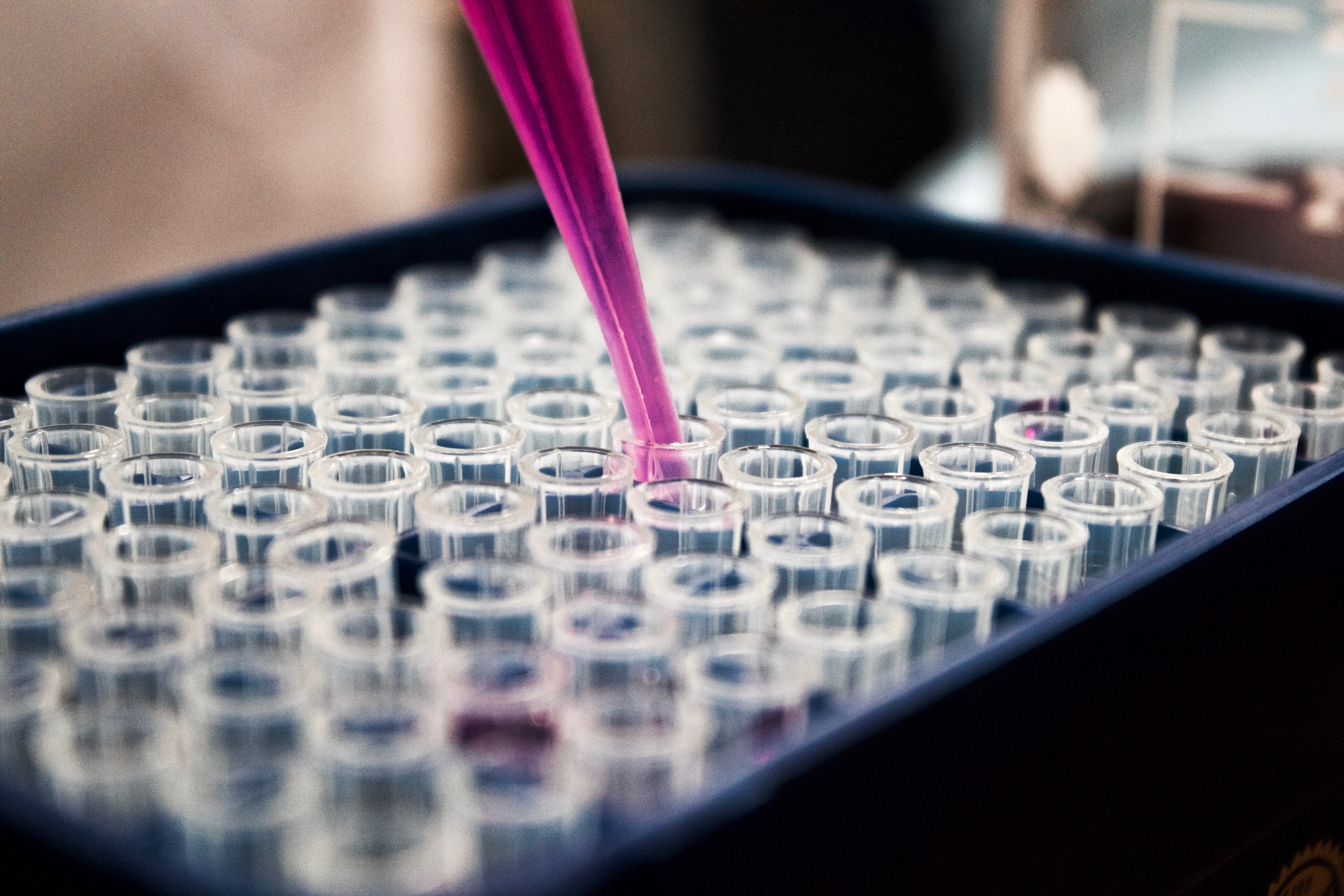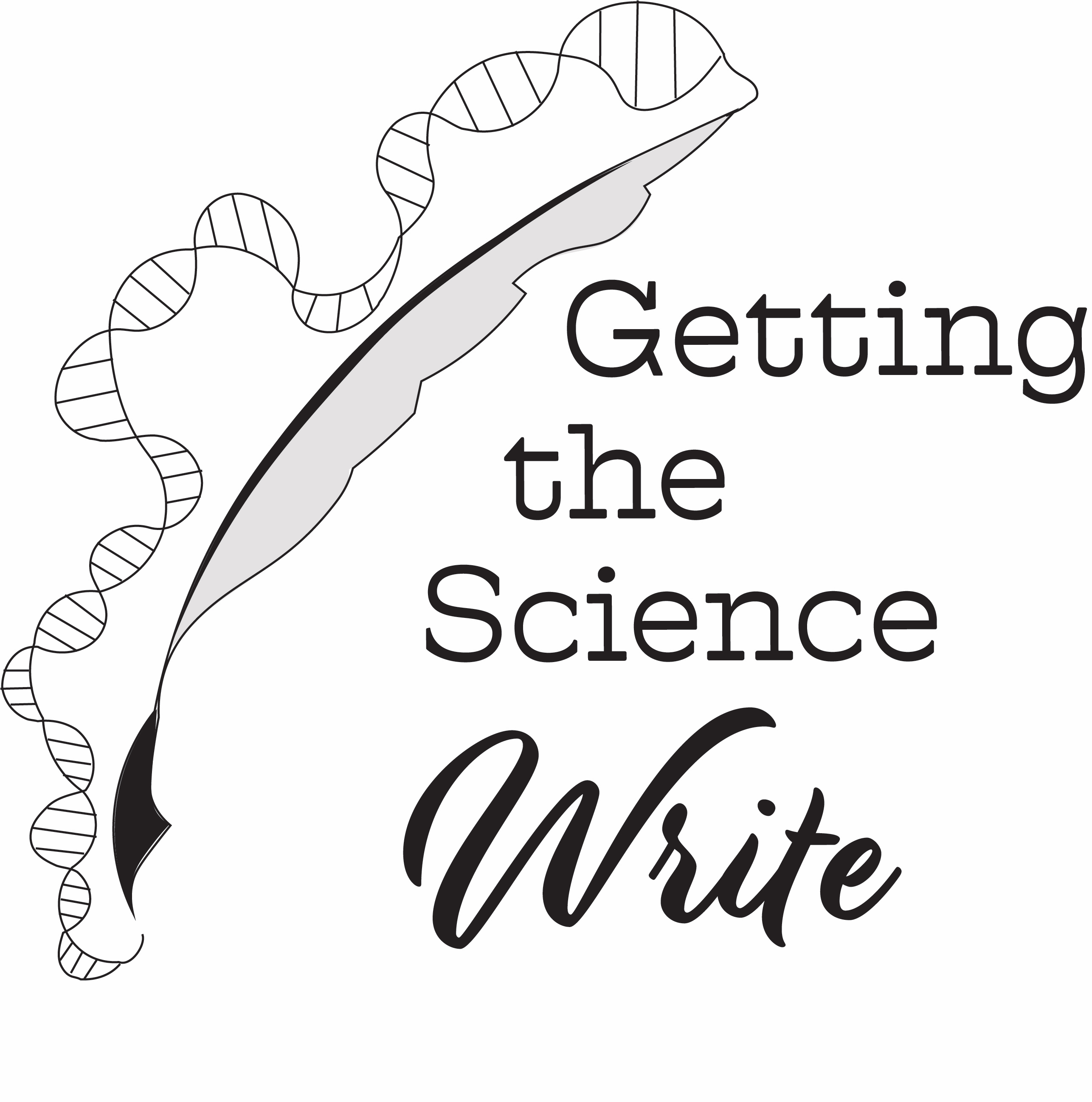Cloning, Part 1
Cloning: a concept SciFi authors have use since time immemorial. Clones have become almost a staple of science fiction stories, functioning as either a plot twist or a worldbuilding aspect. And rightly so: clones challenge our concept of self. The idea that someone could share our DNA, our biological fingerprint that makes us us, is frightening. Clones essentially steal one’s identity simply by existing. Or, conversely, the idea that clone’s entire self was manufactured has them staring harrowingly into a mirror and asking “Who- no, what am I?”
Except… the whole idea begins to break down once you start to scrutinize the actual concept of cloning.
Now, don’t get me wrong. I love me a good clone story. And I’m not alone. Look at the prevalence of clones in SciFi: The clone troopers in the Star Wars series; the dinosaurs in Jurassic Park; Alice clones in “Resident Evil”; The House of the Scorpion (enough said); Many characters of Brave New World; Will Smith’s character in the upcoming “Gemini Man” movie. And I’m not even touching the space-oriented SciFi stories.
(Ok, I know the dinosaurs aren’t human clones, but it’s a classic!)
However, clones in SciFi have been used so much in the same way that it has reached cliché status. I find the whole clone twist coupled by the whole “identity crisis” arc unnecessary and boring. My eyes pass over “You are a clone” in a story and I let out the biggest sigh. It’s just… that’s not how that works! And there’s so much more you can do with cloning beyond the “identity crisis” plot.
This is the first of my three-part Cloning series. Here, I hope to simply go over the overall idea of cloning an organism and to dispel some misconceptions many authors have when writing about the cloning process.
What Is Cloning In General?

Cloning is, simply put, making two genetically identical organisms. That’s it. That’s the basic definition. Now, that still seems like a novel concept (since it comes across as unnatural, like you’re pressing “ctr-c” to copy a person and then pasting them all over the place), until you realize that this already happens naturally. And I am not talking about asexual reproduction (although that does make genetically identical organisms, and occurs in bacteria, certain lizards, insects, a couple of plants: fun fact!).
What do you think identical twins are?
Yep! Identical twins are clones! That’s because they are two (or more) individuals that came from the same fertilized egg. Exact same gene makeup. If you ran different tests on their biological makeup, you would find that they do indeed have the exact same DNA. And unless they like to share every little thing in each other’s lives, you would come to the conclusion that both twins are their own person. Neither of them live their lives questioning the philosophical meaning of their existence.
So, in a sense, the shocking twist of “Ah, I’m your clone” translates into, “Ah! I am your twin! Younger twin, if that’s possible, but a twin!”
Suddenly the shock factor isn’t really there.
But what about past memories? What about the original’s personality overtaking the clone’s and then there’s an internal struggle-
No. No no. That’s not how cloning works either. Your memories are not genetically determined. Your DNA does not hold the memories of the original organism. If they did, you would have half of your mom’s memories, and half of your dad’s. No, memories arise from nerve cells growing in your brain due to interaction with your surroundings.
Don’t they look exactly the same?
Not always! Look at identical twins again: we can still them apart. In fact, you’re probably going to have less visible similarities between a clone and their original because of something called epigenetics: modifications to your DNA that allow certain genes to be expressed while others repressed (another way to think about it is that it’s the stuff that determines what genes are turned on and off). These modifications can be changed depending on many factors, including your environment (which will be different for a clone no matter what). Essentially, both the original and the clone have the same DNA makeup, but not the same DNA expression, especially if they are raised in a separate environment.
And that’s just on a genetic level. Various other factors play a role in how a human clone would look. Did the clone get more sun? Are they over or underweight? Did they get a broken nose at some point in their lives? A plethora of non-genetic factors can make a clone look unique
…Which raises a really good question: Why do clones in movies usually have the same haircut as the original? It’s a little weird when you think about it: not only do you have my DNA, but my bowl cut as well!
GASP So bad haircuts are autosomally inherited?
Not just my bad haircut, but my entire dated fashion sense! Bwa ha ha, cackle cackle!
What Is It On A Technical Level?

The NIH provides a good overview of animal cloning, but it does gloss over some of the more technical terms. There is a free overview on Science Direct called the “The Principles of Cloning” that I suggest that you read if you want an even more in-depth conversation on cloning intricacies after this post.
Personally, I would recommend giving Scientific and Medical Aspects of Human Reproductive Cloning a good read, as it covers all that I am going to go over. But, this should cover the basic idea of the process.
The overall idea is simple: we take an unfertilized egg and remove its DNA. We then take the nucleus from another cell (what we would call “the original”) and inject it into the egg. Once that’s done, we take said egg, and place it into a uterus, where it will begin growing into a fetus. Should everything go as planned, a healthy baby will be born with the exact same DNA as the original. We call this process SCNT, or Somatic Cell Nuclear Transfer.
Now, to describe with the technical terminology.
(Deep breath…)
We enucleate an oocyte with a micropipette. The technique involves holding the oocyte in place with a small vacuum pipette and then sliding the thin micropipette though the cell membrane to extract the nucleus. Another cell, a donor’s somatic cell, has its nucleus removed as well. This nucleus is transferred to the enucleated oocyte. Once in the cytoplasm, the somatic nucleus will undergo alterations that reprogram the epigenetic makeup of the DNA. At this point, the oocyte is theoretically the equivalent of a newly fertilized egg. We then stimulate the oocyte with small shocks into mitotic divisions; this will form a blastocyst. The blastocyst is then implanted into the female’s uterus, which will then develop into an embryo.
Whew! That was a mouthful! And can I just mention how weird “oocyte” is to spell? Seriously, who came up with the double “oo” thing?
(Does a quick etymology Google search) Ah. That would be the Greeks.
I do want to mention a few things now that we got the wordy stuff out of the way. In most of my research for this topic, I never once went saw a procedure that had the researchers growing a clone in a vat of liquid or some equivalent. Not that it’s not possible, but as of today, we use a living female to host the growing embryo. The reason for that is probably because most of the cloned embryos have the same issue as any in vitro fertilization process: not all of the implanted embryos actually make it past the embryotic stage. You can do this long, extensive process to manually remove and add a nucleus into an egg, stimulate it, do that, like, 10 or more times, and only have one egg be viable.
Talk about your low yield. Yeesh. And it ain’t cheap, folks.
By the way, I do want to stress that this process is done manually. By hand. Oh my gosh. My pipetting thumb hurts just thinking about it. At the time of writing, I was unable to find any evidence that someone had figured out how to do this with an automated machine. That being said, it wouldn’t be too extraordinary to incubate and grow a cloned embryo (or any embryo, really) in a nutrient-rich tube.
And that’s it for the technical post. Join me next time for Cloning: Part 2, where we will exploring some of the issues with cloning being used as a plot twist/character flaw, and some of the ethical issues surrounding human cloning that you should consider as you worldbuild. Cloning: Part 3 will be brainstorming some new ways to use cloning in your stories.
Terminology
Blastocyst- The stage between a newly fertilized egg and an embryo. Most importantly, this is the stage that a fertilized egg would actually attach to the wall of the uterus.
Enucleate- Remove the nucleus
Epigenetic makeup- The pattern of proteins on your DNA that determines what genes can and can’t be expressed. This can change throughout an organism’s life.
SCNT- Somatic Cell Nucleus Transfer
Somatic cell- A cell that is not an egg or a sperm (essentially 99% of the cells in your body).
Nucleus- The blob in your cells that hold your DNA.
Embryo- unborn, developing embryo in its early stages.
